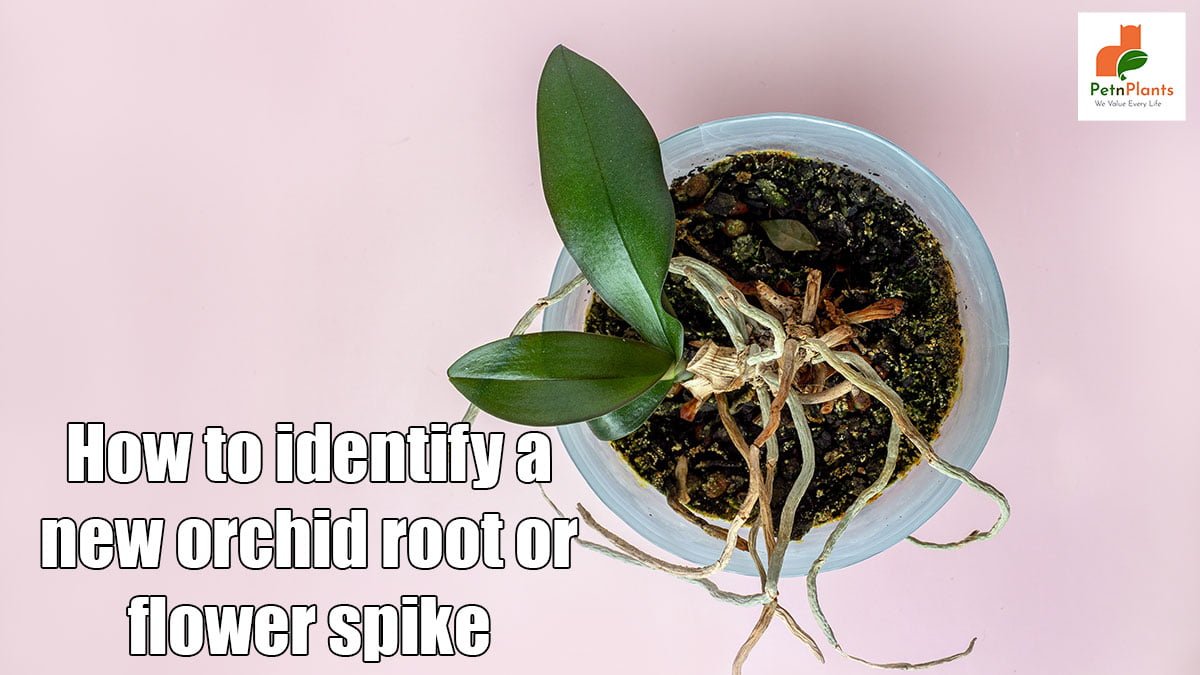How To
Latest
Pet Care
How to Groom Your Dog at Home with the Right Dog Grooming KitMarch 19, 2025
We Value Every Life

Orchids are one of the most popular houseplants, but they can also be one of the most finicky. If you’re an orchid lover, you know they require a delicate balance of water, light, and humidity to bloom. Your orchid will go from full bloom to a sad, wilted mess after one wrong move. One of the most common questions at our nursery is, “how do I know if my orchid is about to bloom?” While there isn’t a foolproof answer (orchids are fickle plants, after all), there are a few things you can look for that may indicate that your orchid is getting ready to bloom. This blog post will share how to identify a new orchid root or flower spike.
Orchids have two different roots: the orchid root and the flower spike. The orchid root is the part of the plant that anchors it to the ground and absorbs water and nutrients from the soil. On the other hand, the flower spike is a specialized type of root used to support the flowers.
One way to tell the difference between an orchid root and a flower spike is their appearance. Orchid roots are typically dark brown or black, while flower spikes are usually lighter in color. Another way to tell them apart is by touch. Orchid roots are usually firm to the touch, while flower spikes are more delicate and can be easily broken.
Finally, you can also tell an orchid root from a flower spike by its position on the plant. Orchid roots typically grow from the base of the plant, while flower spikes typically grow from the sides or tips of the plant.
If you’re an orchid grower, you know that one of the most exciting moments is seeing a new root or flower spike emerging from your plant. But how can you be sure that it’s new growth and not just an existing root or flower that’s become hidden from view?
Here are some tips on how to identify a new orchid root or flower spike:
If you’re an orchid enthusiast, you know there’s nothing quite like the excitement of seeing a new root or flower spike. Here are just a few reasons why you should be excited about a new orchid root or flower spike:
Congratulations if you’re lucky enough to have an orchid producing a new root or flower spike! Here are some tips on how to care for your new growth:
Following these simple tips, you should see your new root or flower spike thrive!
If you’re an orchid enthusiast, then you know that one of the most exciting moments is when you see a new root or flower spike emerge from your plant. But how can you be sure that it’s new? In this article, we’ve gone over a few ways to help you identify a new orchid root or flower spike. By keeping an eye out for these telltale signs, you’ll be able to enjoy the beauty of your plant as it grows and develops.
0